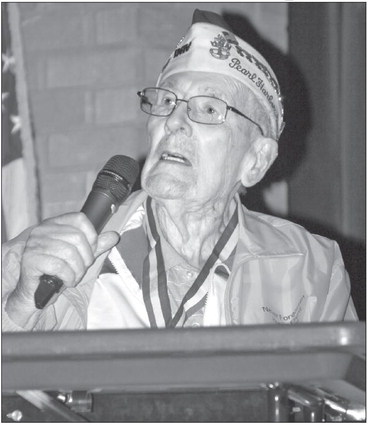Pearl Harbor surivor in Edgar


Lehner recounts fateful day in Honolulu Bay, Hawaii
A survivor of the attack on Pearl Harbor spoke to an assembly of Edgar students on Friday.


Lehner recounts fateful day in Honolulu Bay, Hawaii
A survivor of the attack on Pearl Harbor spoke to an assembly of Edgar students on Friday.